Make the most of the produce you buy—and reduce food waste and maximize your food budget in the process—with these easy tips to make your produce last longer.
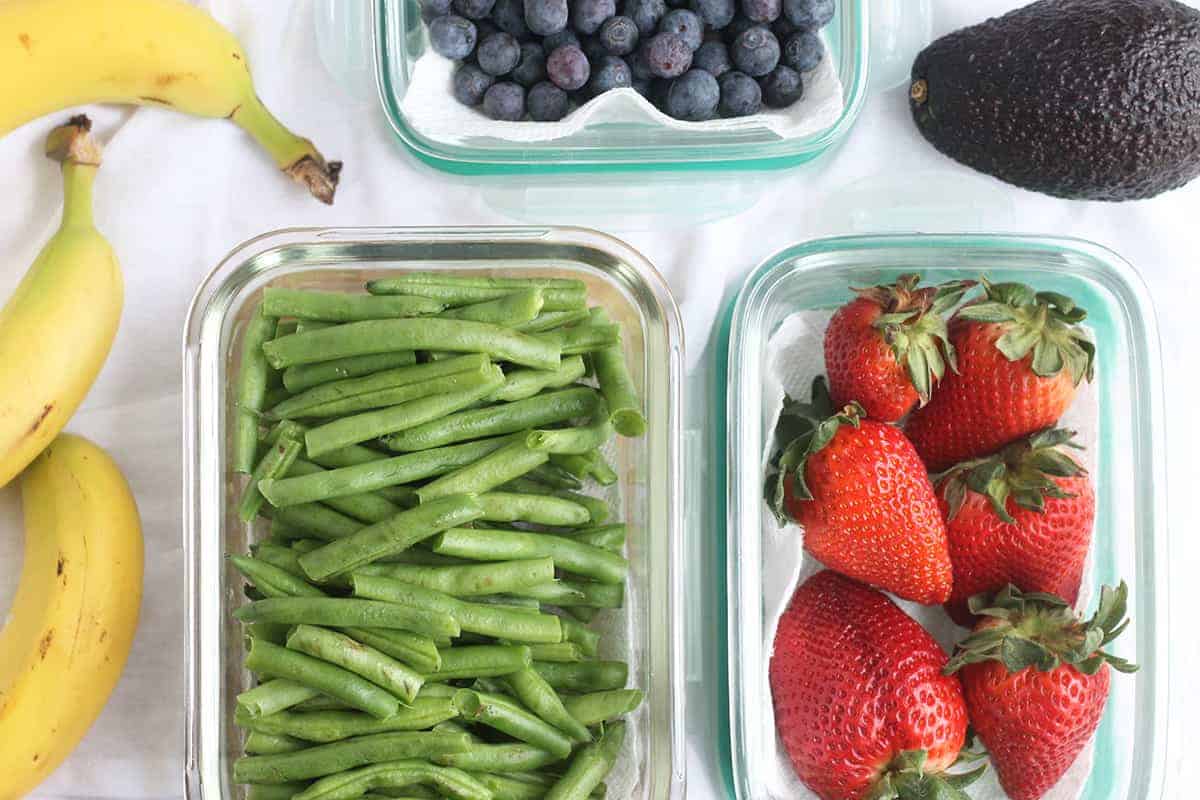
How to Store Produce
There’s nothing worse than tossing fresh berries or veggies that have sat in the fridge too long, or that went badly immediately when you brought them home from the store. But you can increase the odds that you’ll have a chance to use them with a few simple tips. And by storing produce this way, you’ll be sure to get your money’s worth—and actually enjoy what you buy.
I’ll share storage tips on how to store the most common items of produce, including both fruits and vegetables, to help us all waste less food, save money, and enjoy the food we buy.
(My Guide to Freezing Food, How to Store Strawberries, and my favorite Food Storage Containers may help, too.)
Table of Contents
- How to Store Produce
- How to Store Apples
- How to Store Avocados
- How to Store Berries
- How to Store Bananas
- How to Store Peaches and Nectarines
- How to Store Oranges
- How to Store Pears
- How to Store Broccoli, Cauliflower, and Green Beans
- How to Store Spinach, Kale, and Lettuce
- How to Store Asparagus
- How to Store Tomatoes
- How to Store Herbs
- How to Store Zucchini and Summer Squash
- How to Store Potatoes and Winter Squash
- How to Reduce Food Waste
Your toddler won’t eat? Help is here!
Sign up for our email updates to get tips and ideas sent to your inbox.
How to Store Apples
You can store apples whole in the refrigerator for long term storage, or in a cool place such as a basement. Or, see below for how to store fresh cut apples without the risk of browning.
You can also freeze sliced apples to then use in Homemade Applesauce, Apple Smoothies, and Cinnamon Apples.
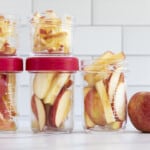
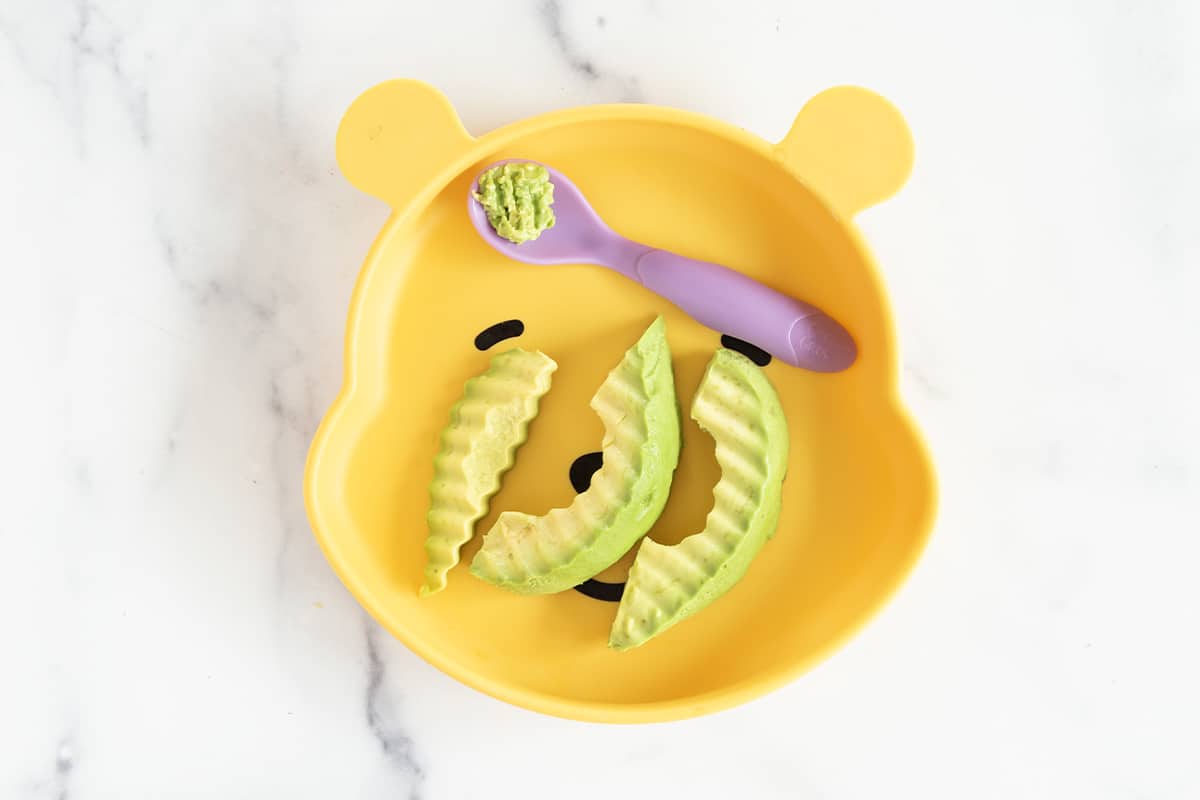
How to Store Avocados
Avocados ripen at room temperature, but you can slow that down by placing them into the fridge. Keeping them away from bananas can slow ripening down too. If you have an avocado that’s super ripe and needs to be used up, make some guacamole or Avocado Chocolate Pudding.
Or, to freeze avocado for a future day, dice it, store in a freezer bag, and freeze for up to 6 months. Then, you can blend into smoothies or puddings.

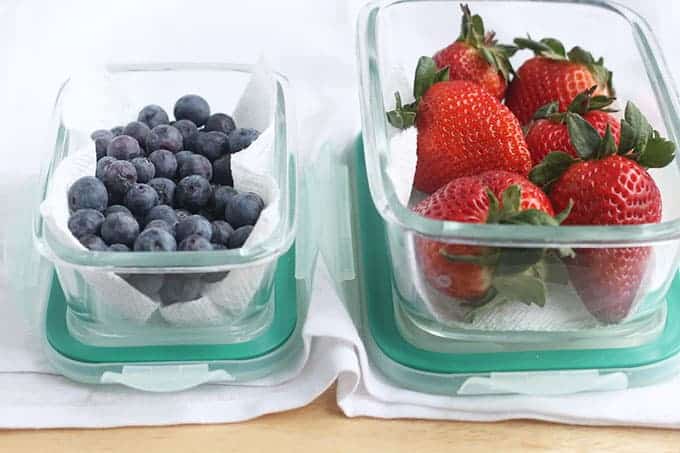
How to Store Berries
For up to 3 days: The best way to help berries like strawberries, blueberries, and raspberries from becoming moldy is to reduce the moisture around them. My favorite way to do this is to transfer them from the containers I bought them in to storage containers lined with a paper towel or a thin clean kitchen towel. This helps to absorb any excess moisture and may keep them fresher for a few days longer.
For 3 days or longer: Add the berries to a bowl of water with a splash of distilled white vinegar. Soak for 5 minutes, then drain. Add to a paper towel or kitchen towel lined container or pat dry and add to a glass storage jar or mason jar. These will last in the refrigerator for a week or more.
TIP: If berries are starting to seem like they’re about to get too soft, place them into a freezer bag and store to use in smoothies and oatmeal. Add them to either frozen to blend or cook until warm and soft.

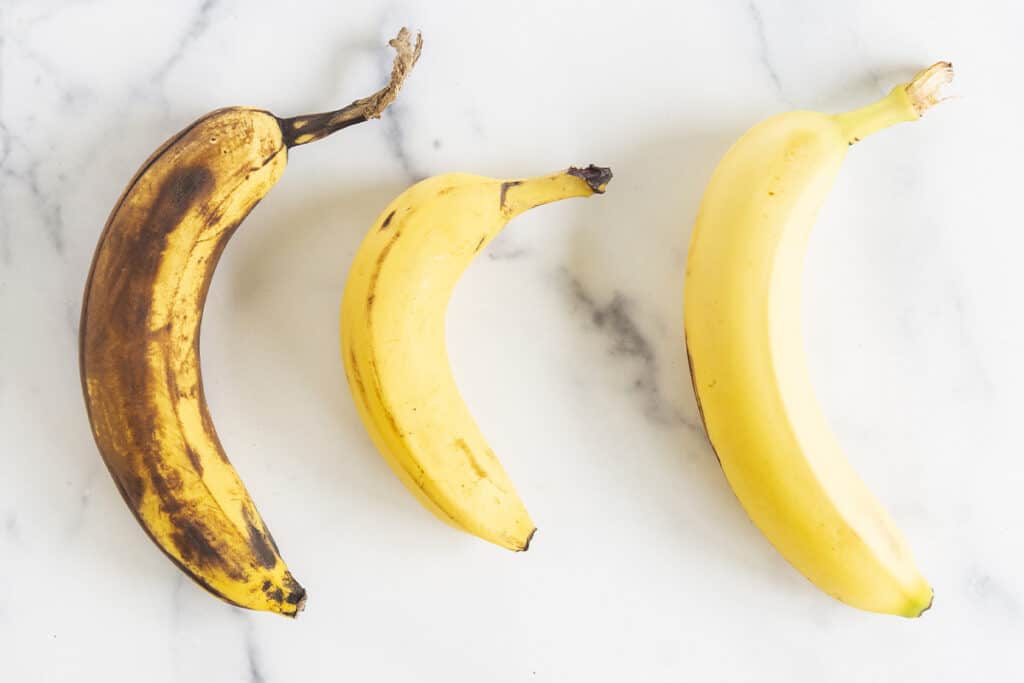
How to Store Bananas
An easy way to reduce how fast bananas ripen is to take apart the bunch and store them side by side so they have airflow all around them. If they do get too ripe for your liking, simply peel, slice, and store in a freezer bag in the freezer to use in smoothies and baked goods.
To speed up ripening, place into a paper bag at room temperature.
TIP: To use frozen bananas in baked goods, let thaw at room temperature, drain off any liquid, and proceed with the recipe.
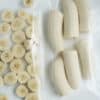
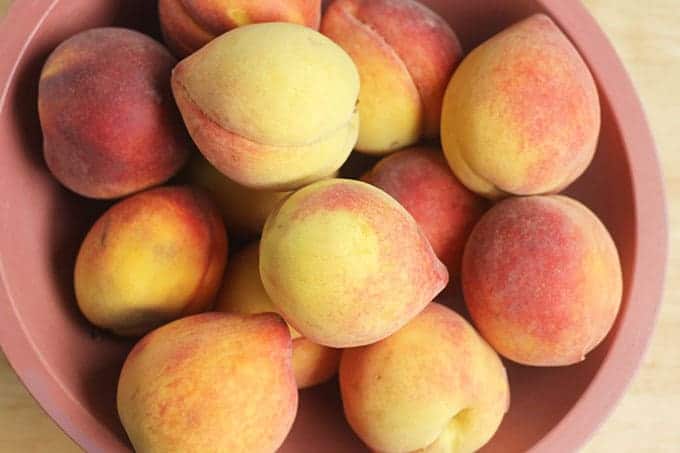
How to Store Peaches and Nectarines
You can buy ripe peaches or nectarines that are soft to the touch and store them in the fridge to stop them from ripening further. Or, buy firm stone fruit and store in a bowl on the counter to ripen. You’ll know they are ripe when they’re just soft to the touch and are fragrant.
You can also freeze them to use in Peach Smoothie, Peach Crisp, and Peach Sauce.
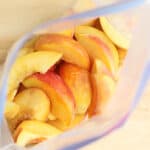
How to Store Oranges
This is the same for grapefruit and other citrus fruits including lemons and limes. Citrus lasts longest if stored in the crisper drawer of the refrigerator.
How to Store Pears
Similar to stone fruit, you can buy soft, ripe pears and plan to eat right away or store in the fridge. Or buy them slightly firm and let ripen on the counter at room temperature.
Pears are very delicate, so make sure they are on the the top of your grocery bag when you bring them home from the store.
Overripe pears can easily be repurposed into Cinnamon Pears, Baked Pears, Pear Puree, or Pear Sauce.
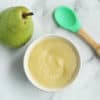
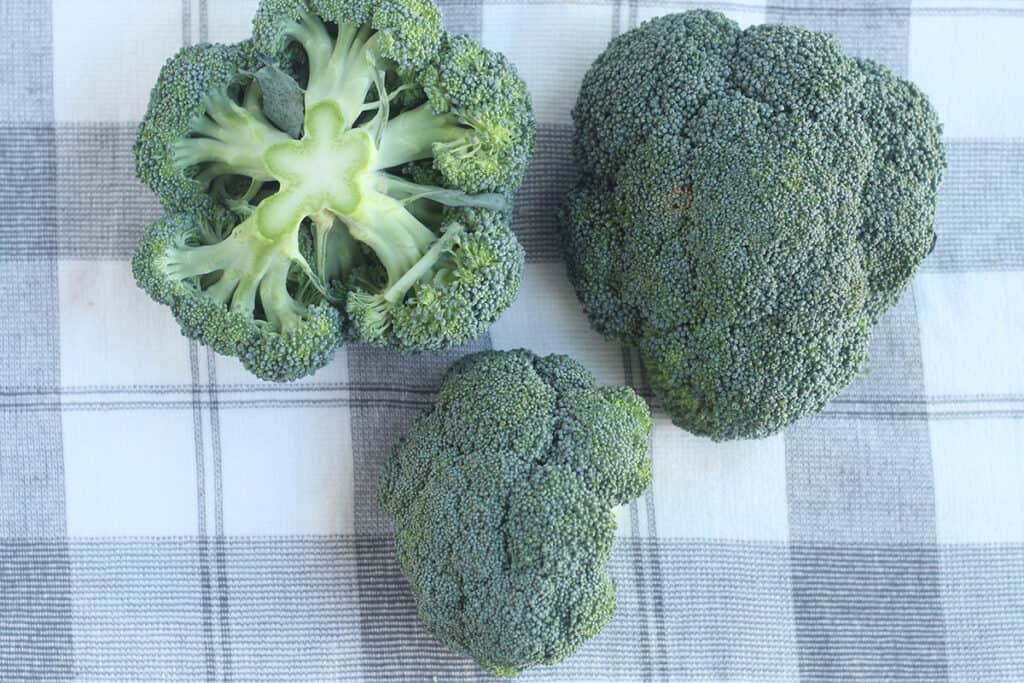
How to Store Broccoli, Cauliflower, and Green Beans
If you buy precut florets or bags of packaged greens beans at the store, they may have water droplets inside. To absorb that excess moisture and decrease the risk of mold or spoiling, line either side of the bag with a paper towel.
Store the bag in the fridge in the produce drawer and it should last about 5 days.
You can also prep these vegetables from whole, make sure they are dry, then store in a storage container in the fridge for up to a week. This is an easy way to meal prep vegetables so they are ready to cook in the moment.
TIP: Place broccoli or cauliflower florets into a freezer bag and freeze to use in soups. You can also add frozen cauliflower to smoothies.
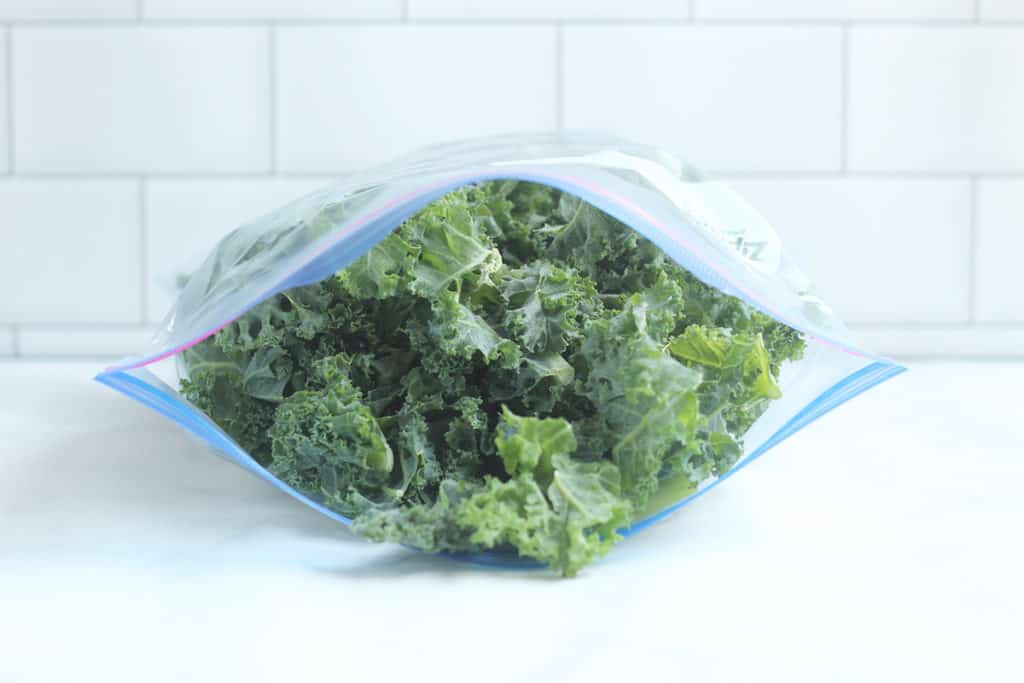
How to Store Spinach, Kale, and Lettuce
Greens like baby spinach and kale don’t like excess moisture either, so you can place paper towels on either side of an open bag to help absorb some of the moisture. And you can always place the greens into the freezer in a freezer bag and store to blend into green smoothies and Spinach Banana Muffins.
For storing greens such as lettuces, including Romaine and baby lettuces, line bags from the store with paper towels to absorb excess moisture. If you have whole lettuce heads, wash and dry (salad spinners are wonderful for this), then place a single layer of the greens onto clean kitchen towels. Roll up and place into a bag to store in the fridge for about a week.
If lettuces wilt during storage, place into a bowl of very cold water to crisp up again.

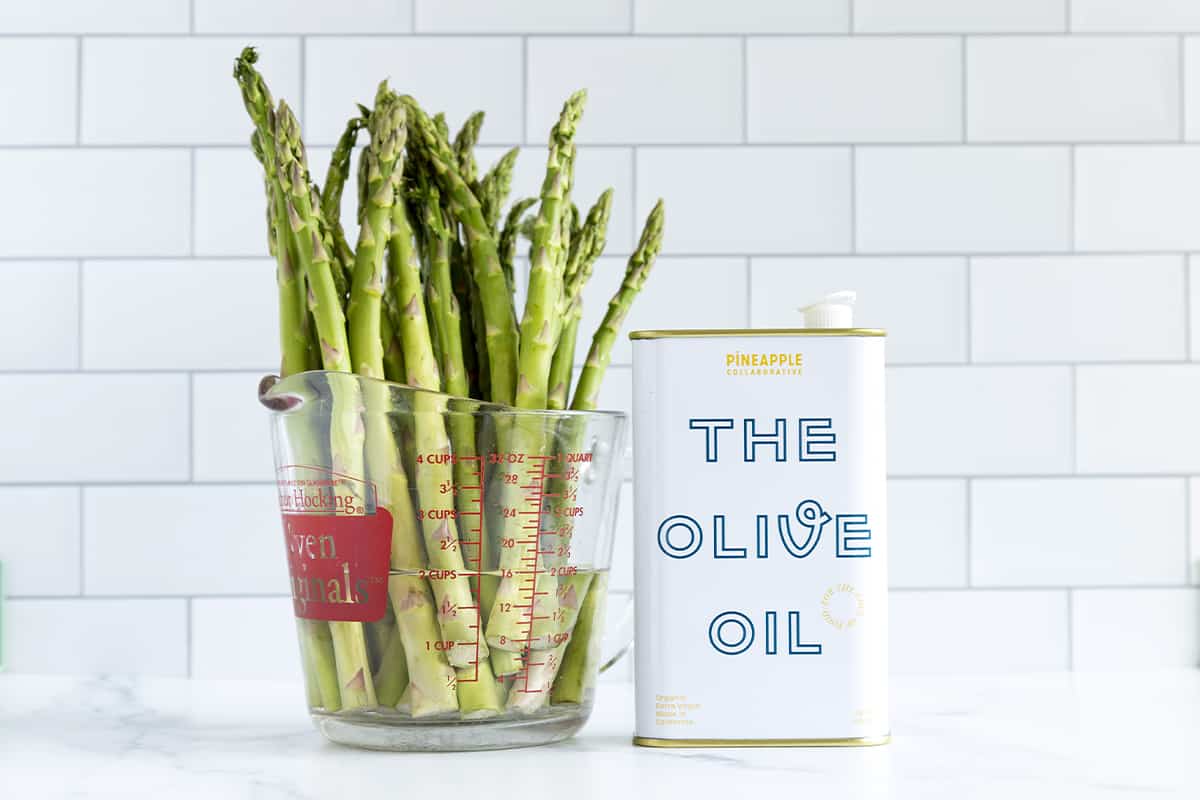
How to Store Asparagus
You can store asparagus in the refrigerator like freshly cut flowers by standing the stalks upright in a container of water.
Then try it in Roasted Asparagus or Asparagus Baby Food.
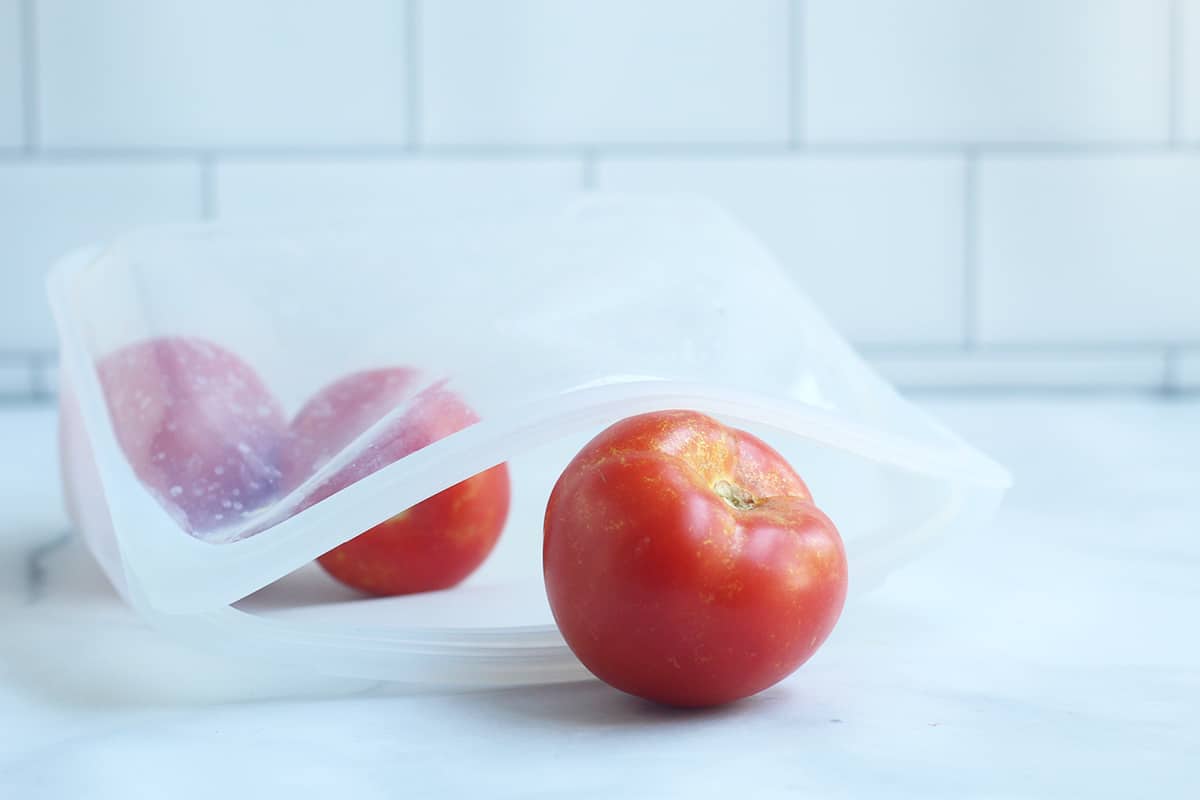
How to Store Tomatoes
Tomatoes are best stored at room temperature on the counter, not in the fridge. (The cold temperature can make them mealy on the inside.) If you have leftover tomatoes, you can store those in the fridge but try to use them within 24 hours.
If you have leftovers any longer than that, you can freezer them for longer storage.
How to Store Herbs
Fresh herbs including basil, parsley, oregano, mint, and cilantro will stay fresher if you place them, stems down, standing upright in water like you would with cut flowers.
Or, wrap them in a paper towel, place into a storage bag, and store in the crisper drawer of the fridge for up to a week.
You can also freeze herbs that have been blended into pesto.
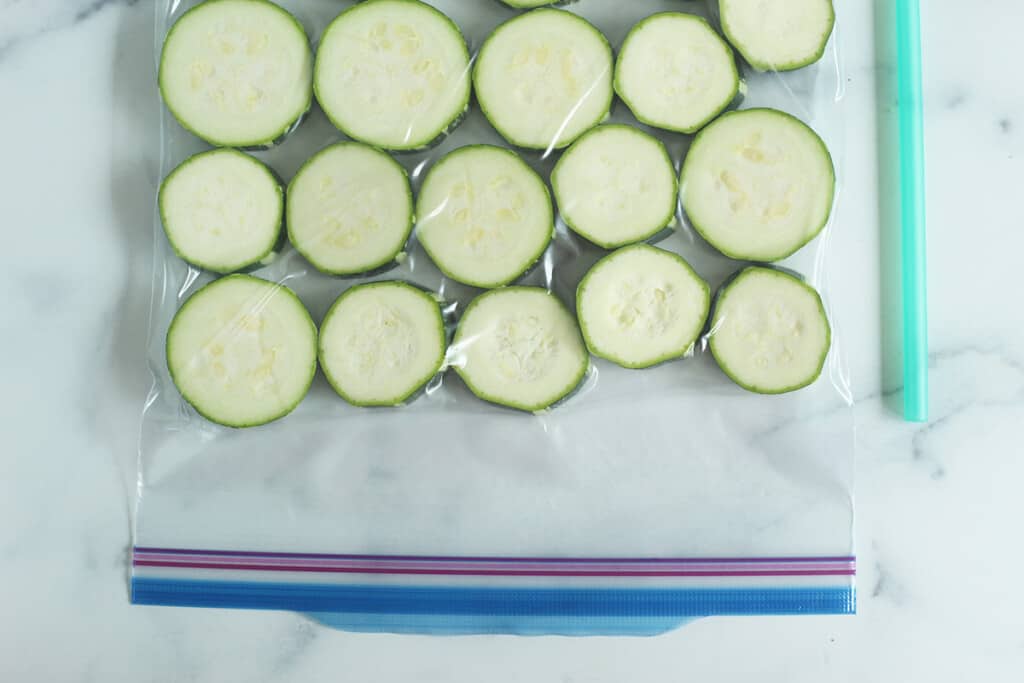
How to Store Zucchini and Summer Squash
Zucchini and summer squash are fairly delicate for vegetables, so once you bring them home from the market, store in the crisper drawer of your refrigerator. And use caution in your shopping bags to make sure they are near the top so they don’t get bruised.
You can also slice summer squash and store in an airtight container in the fridge for 3-5 days before cooking, you can freeze slices or grated squash. To freeze grated squash or zucchini, squeeze the water out, then pack into a storage bag in the amount you plan to use in a recipe, press flat and seal.
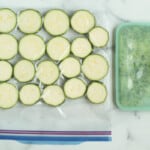
How to Store Potatoes and Winter Squash
Regular potatoes and sweet potatoes are best kept in a cool dry place like a basement or cabinet. They don’t need to be kept in the fridge and shouldn’t be kept where it’s too warm, which can speed up how quickly they become soft.
Winter squash including butternut squash, acorn squash, and delicata squash can stay in a cool dry place such as a pantry or basement for months.
TIP: You can also freeze diced and peeled winter squash in a freezer bag to use in chili and soups. Freeze for 3-6 months.
How to Reduce Food Waste
I have a lot of my best tips on reducing food waste, particularly some of the waste that comes with feeding kids. It might help too!
Related Posts
Cooking Tips
Ultimate Guide to Freezing Food
Cooking Tips
How to Meal Prep (the Easy Way)
Tableware
Best Freezer Containers
I’d love to hear your tips or questions on this, so please comment below!
This post was first published March 2020.
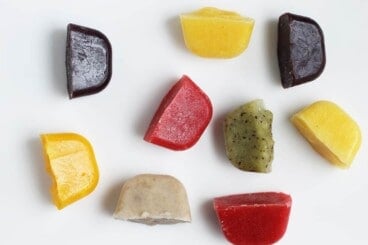
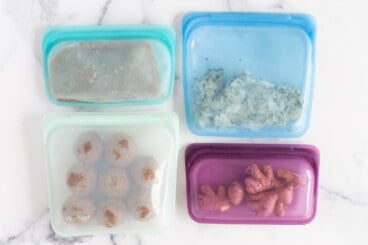
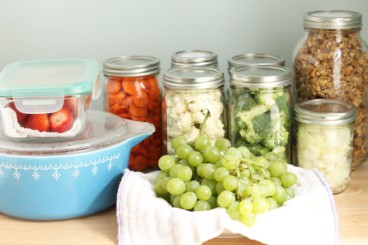
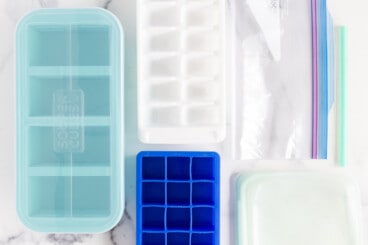
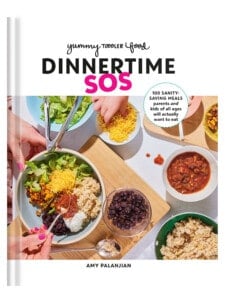


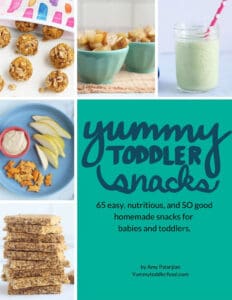















What about those darn Persian cucumbers??? They’re so miserable so fast!
I would take them out of any plastic wrapping and wrap in a paper towel to help absorb moisture and store in a bag in the fridge.